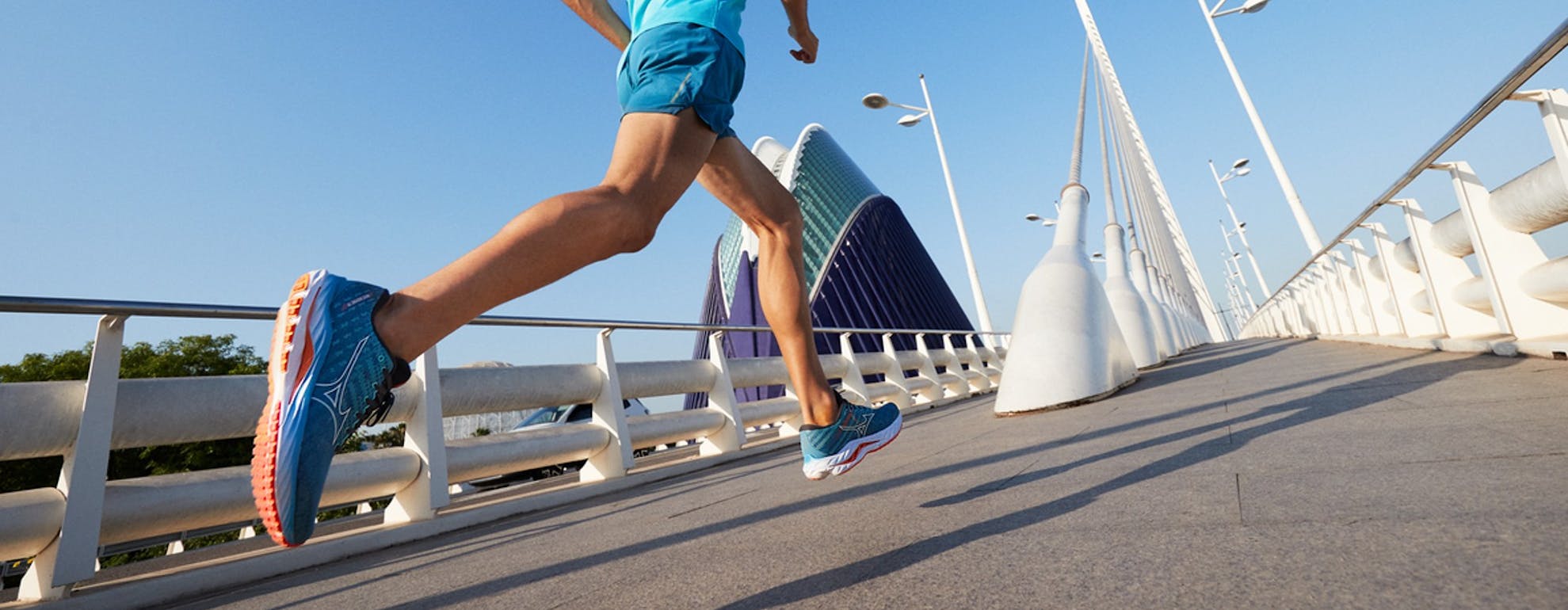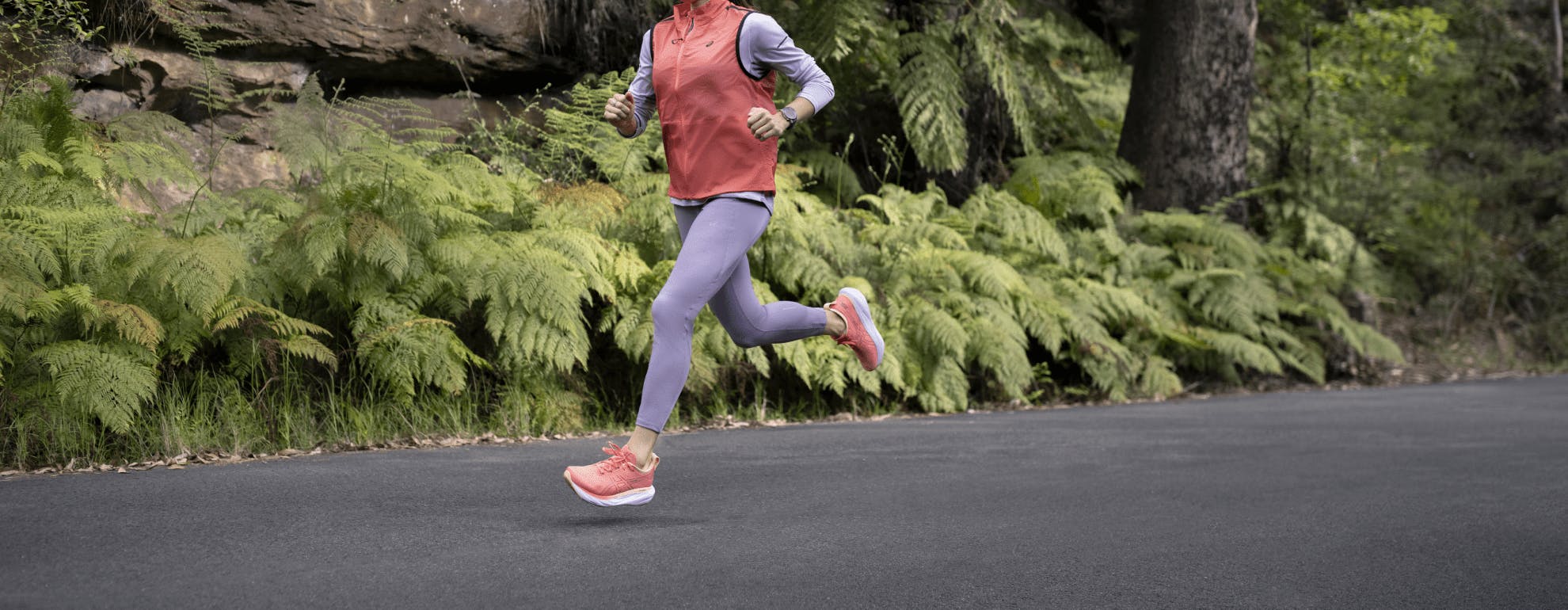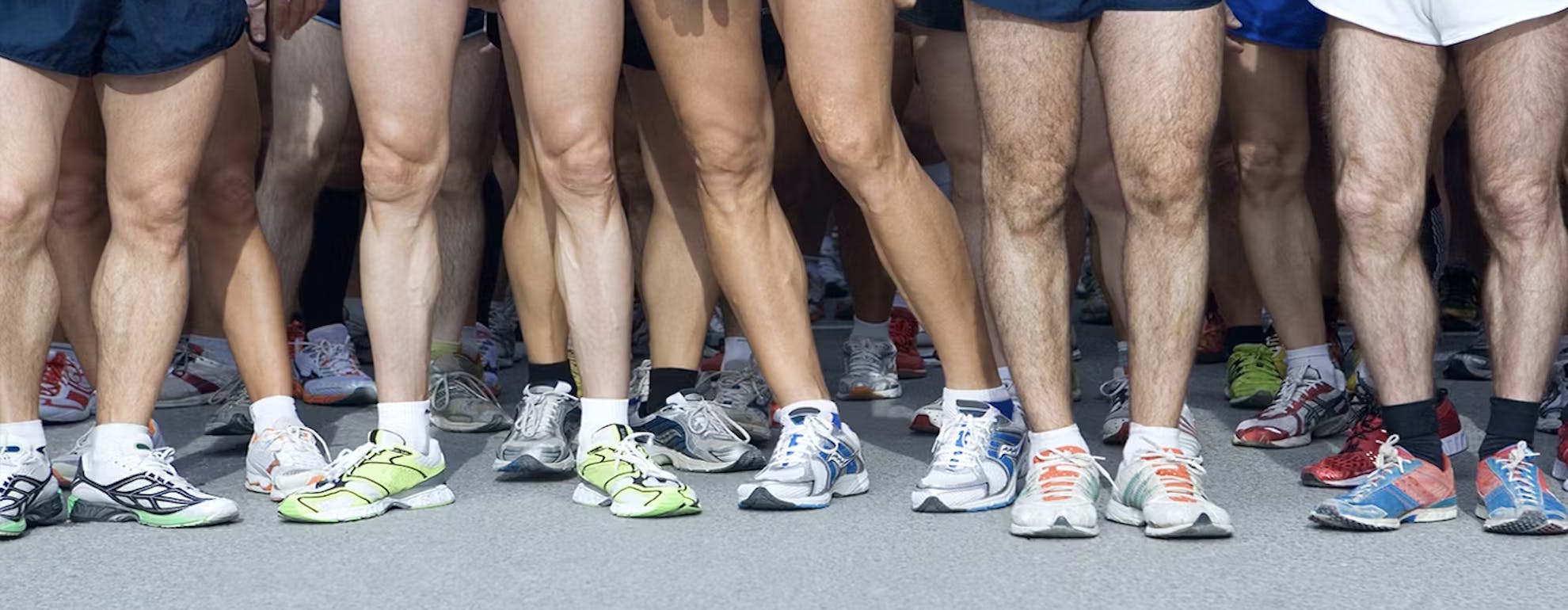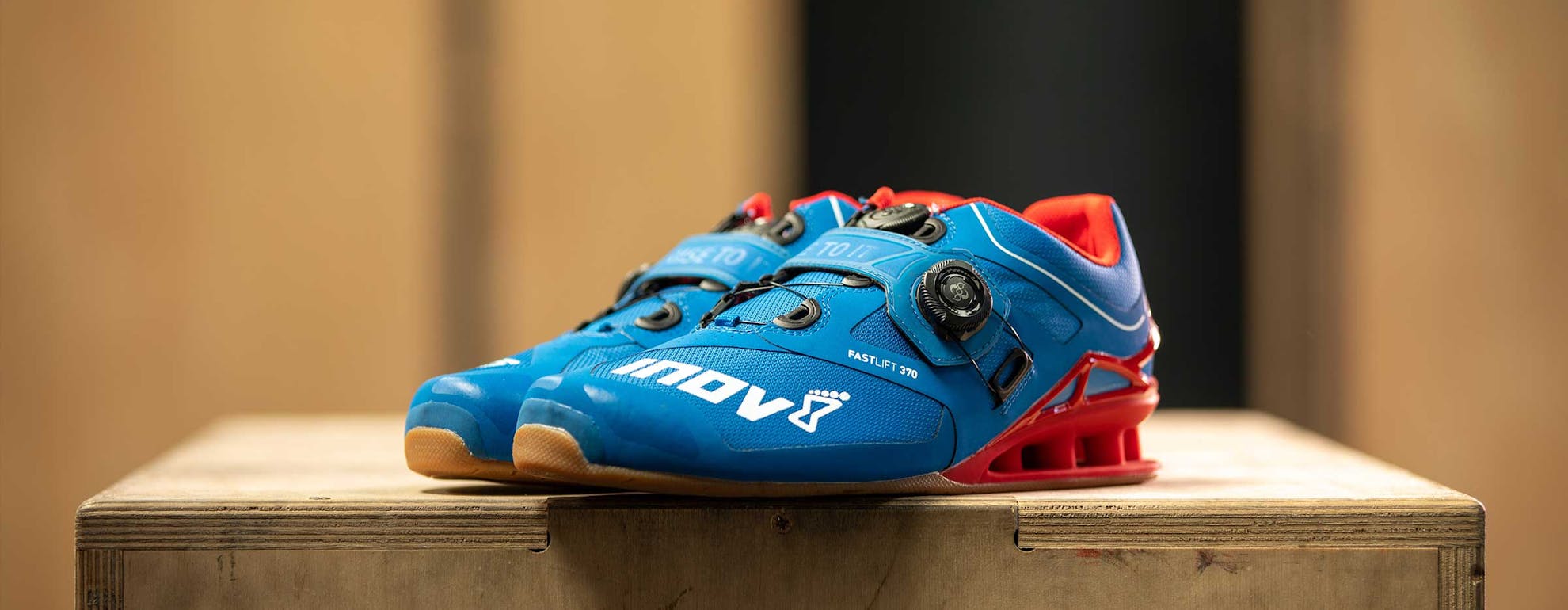
Kit & Gear
Choosing the Right Weight Lifting Shoes
One of the most important factors for lifting is a strong and stable foundation, which is why it’s key that you have a good pair of lifting shoes.
ㅤ
Here’s why the right shoes are important and how they can help your lifting:
WHAT’S WRONG WITH USING MY NORMAL TRAINERS?
Your plush, cushy cross trainers or running shoes are designed to cushion and protect your feet by absorbing impact. They have soft and compressing midsoles, which are great for high impact activities. But these high-cushion models don’t work so well for lifting weights, where your goal is to create as much power as possible by driving force directly from your feet to the floor.
Instead, the soft midsoles of your normal trainers absorb that force and so energy transfer is lost and your lifts become inefficient. Cushioned midsoles also mean your feet are further from the ground which means you’re going to lose some ground feel and under heavy loads this can cause instability and uneven weight distribution. Imagine lifting while standing on a pillow? You’ve got the idea.
ㅤ
SO WHAT MAKES A GOOD LIFTING SHOE?
Your feet are your foundation for weightlifting. There are 28 bones in your feet, 20 muscles and 30 joints, all of which work together for balance and coordinated movement. Sensory input from your feet (proprioception) stimulates and fires up key muscle groups, which translates into better coordination, improved balance and more muscle power.
In short, you don’t want anything getting in the way of your feet, the ground and the natural function of your foot. Just as though you were barefoot, your shoes should allow maximum ground feel and sensation to help stimulate proprioceptive response and in turn activate key muscle groups for stability, power and balance. Your shoes should also allow you to drive force directly into the ground to generate optimum power without absorbing that energy.
So, why not just go barefoot? It’s a nice idea but for safety and hygiene reasons the majority of gyms aren’t going to let you into the weights room without shoes. So you’ll need shoes to help you replicate that barefoot experience.
ㅤ

ㅤ
MINIMALIST SHOES
This is where minimalist shoes come in. As close as possible to being barefoot, minimalist shoes (see Vibram Fivefingers and Vivobarefoot) benefit from the following stripped back features:
Flat-to-the-ground construction
Zero-drop barely-there midsoles
Wide toe boxes
Ultra supportive uppers
Minimalist shoes should allow the foot to splay and plant naturally, keeping you stable from the ground up. They also allow direct feedback from the ground for a better sensory response, in turn stimulating muscle activation for better balance, power and optimised lifts. And because they replicate a barefoot sensation, they can encourage the muscles in the lower leg to work harder, helping to build strength. It follows that it’s really important to introduce minimalist shoes gradually into your workouts to avoid injury by overworking the lower leg.
Minimalist shoes are light and agile, which also means they can cross over to Cross Fit training and other functional fitness workouts which is good news if you’re cross training (see inov-8’s Bare-X).
ㅤ
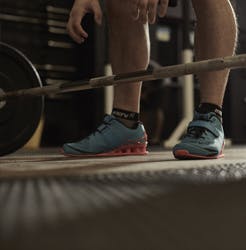
ㅤ
WEIGHT LIFTING SHOES
One of the key problems for Olympic lifters is getting into a deep squat position, and that’s often because most of us have poor ankle mobility.
Weight lifting shoes are hard underfoot to allow stability and efficient energy transfer from the ground, but they also feature a high density elevated heel. This raised heel helps make ankle mobility less of an issue and allows you to hit more depth in the squat and sit more upright – which means better form and more powerful lifts. Weight lifting shoes also have ultra-supportive uppers to give you the most stable base possible.
Traditionally, weightlifting shoes have been pretty heavy and clunky, often with wooden heels that restrict mobility. That means that cross training and using them for anything but lifting is a no-no. We’re now seeing lighter models coming out onto the market, with better forefoot flexibility to help improve mobility from lifts to other functional movements in your workout (see inov-8’s Fastlift).
Interested in the latest shoes, apparel and technology? Then head over to our Kit & Gear category for more reviews, tips, advice and product releases.
Welcome
Welcome to SportsShoes Kit & Gear Hub! Here you'll find all the information and advice you need about the very latest kit, technology and gear.
Read More
Share this
Featured articles
View All
